Huernia pillansii x transvaalensis
Scientific name: Huernia pillansii x Huernia transvaalensis
Common names: Starfish Flowers, Carrion Flowers
Natural habitat: This is a hybrid of two species that originate from different regions in Southern Africa, known for their semi-arid to arid environments, where they thrive in well-drained soils with occasional rainfalls.
Flowers: The Huernia pillansii x transvaalensis presents a remarkable bloom with an approximate diameter of 1.5 inches (3.8 centimeters). Its petals are a pale greenish-yellow with a plethora of tiny maroon to dark brown spots and a deeper maroon center.
Stems: The succulent stems of Huernia pillansii x transvaalensis are robust and erect, growing up to 4 inches (10 centimeters) in height. They are deep green with lighter green mottling and possess sharp, pronounced tubercles.
$2.00
The Huernia pillansii x transvaalensis offers a stunning visual with its contrasting spotted flowers and sculptural stems. These intriguing blooms, measuring around 1.5 inches (3.8 centimeters) in diameter, paired with the sturdy 4-inch (10-centimeter) stems, make a striking addition to any succulent collection. This hybrid plant combines the best traits of its parent species, requiring minimal care and basking in bright, indirect sunlight. Perfect for collectors seeking a resilient and unusual succulent.
We sell all Stapeliads as unrooted cuttings – a bunch of 3 stems each minimum 4 inches (10 cm).
General Care for Stapeliads
Stapeliads are a unique group of succulent plants known for their striking flowers and interesting forms. They belong to the Apocynaceae family and are mostly native to Africa, with some species found in Asia and the Middle East. Here’s a general guide to caring for Stapeliads:
- Lighting: Stapeliads thrive in bright, indirect light. Direct sunlight can be harmful, especially during the hottest parts of the day. A partially shaded spot is ideal.
- Watering: These plants require moderate watering. Allow the soil to completely dry out between waterings. Over-watering can lead to root rot, so it’s essential to ensure good drainage.
- Soil: Use a well-draining cactus or succulent mix. Stapeliads prefer a soil mix that allows for good air circulation around the roots.
- Temperature: Most Stapeliads prefer warm temperatures and are not tolerant of frost. Keep them in temperatures above 6-8°C (43-46°F).
- Humidity: Stapeliads generally do well in average room humidity. However, during the growing season, a slight increase in humidity can promote healthier growth.
- Fertilization: Feed sparingly during the growing season. Use a balanced, water-soluble fertilizer at half strength.
- Propagation: Propagation can be done through stem cuttings or seeds. Allow cuttings to dry before planting.
- Pests and Diseases: Watch out for pests like mealybugs and take precautions against snails and slugs. Stapeliads are generally resistant to diseases if well taken care of.
Specification: Huernia pillansii x transvaalensis
| Weight | 0.55 lbs |
|---|



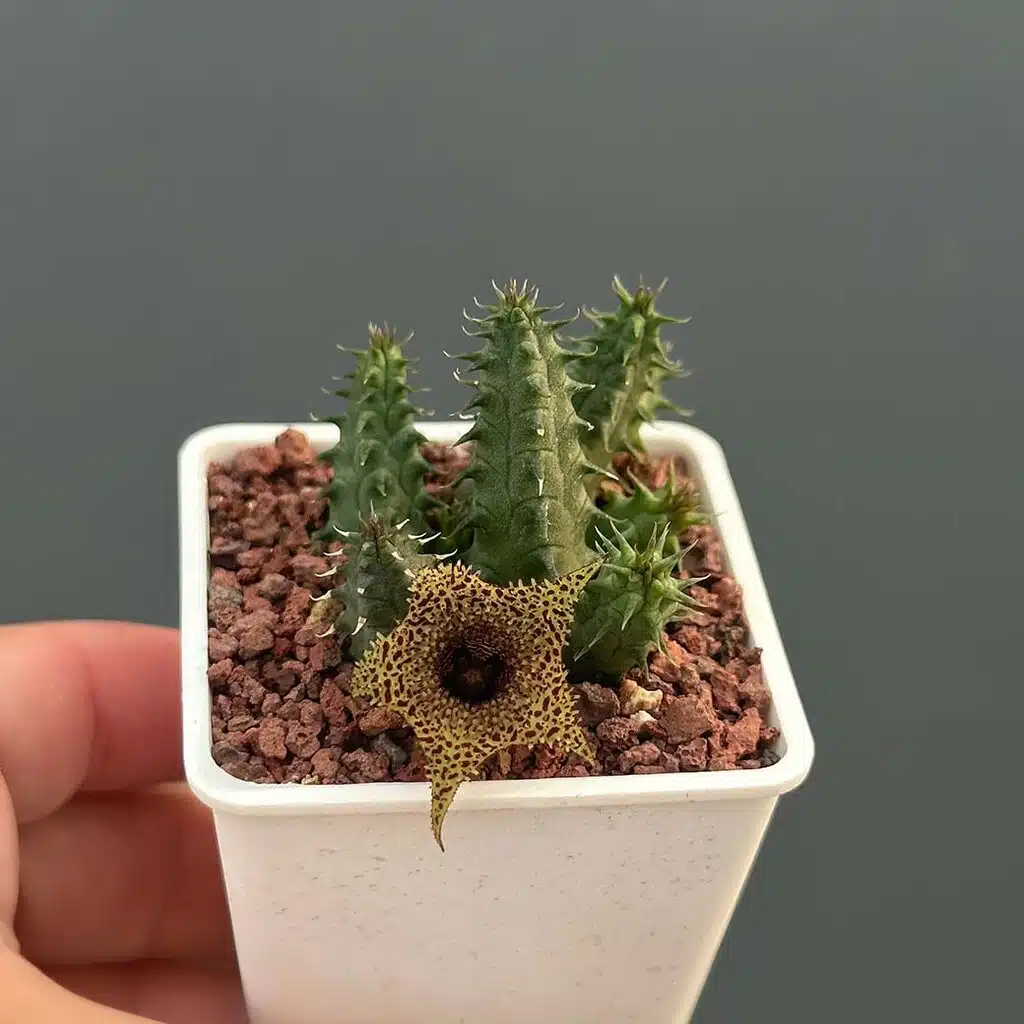
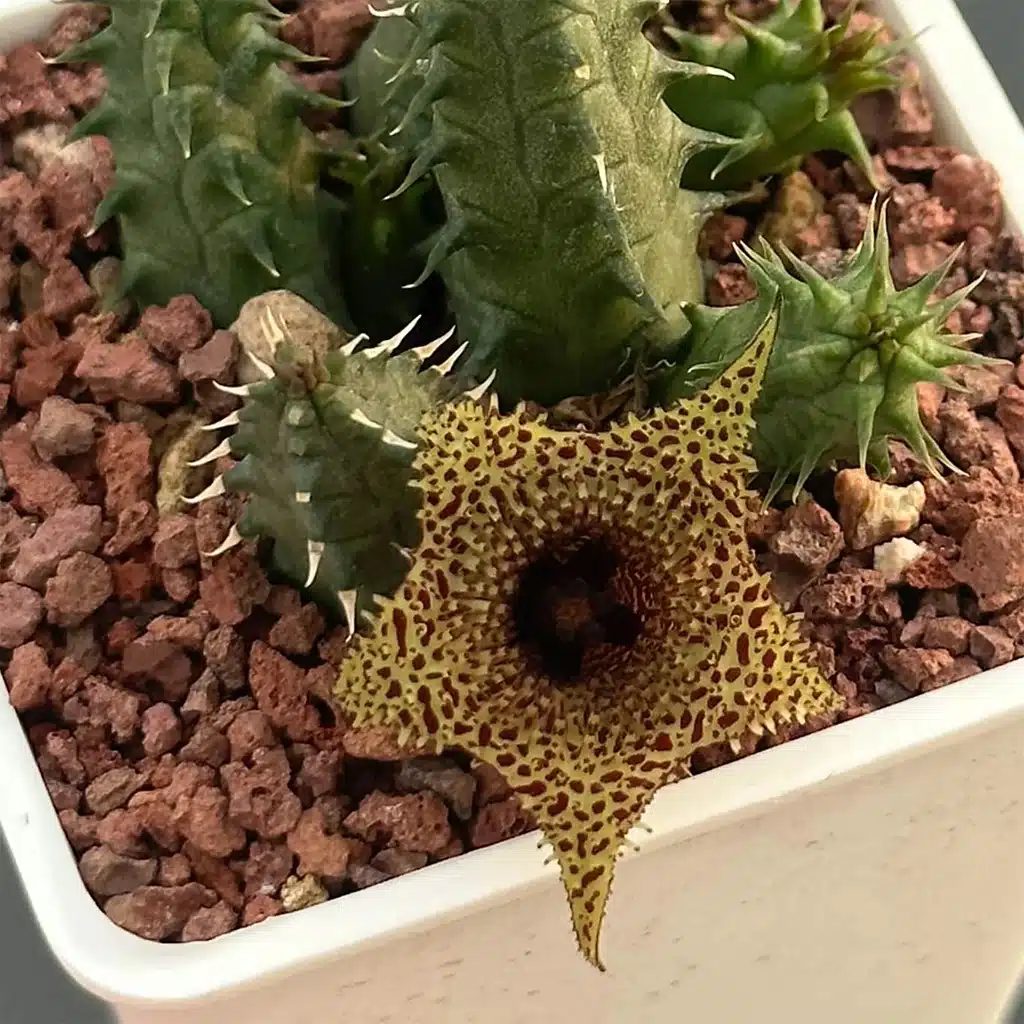


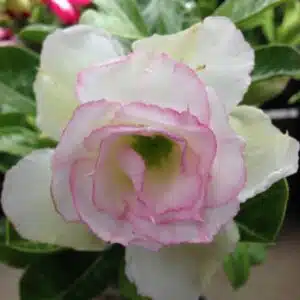
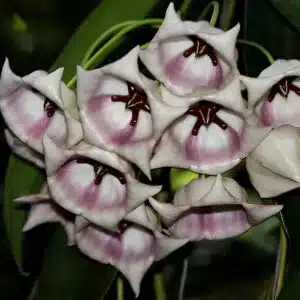
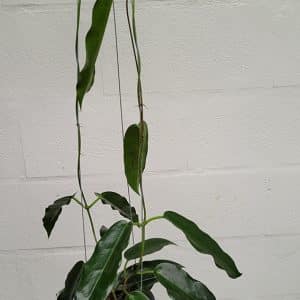
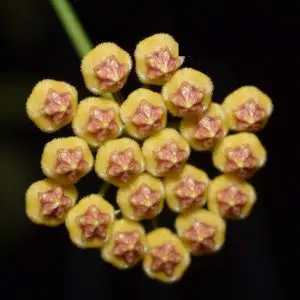
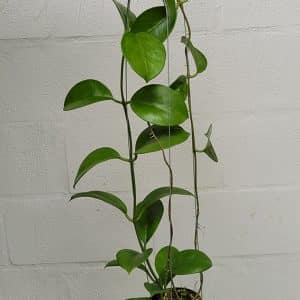

There are no reviews yet.